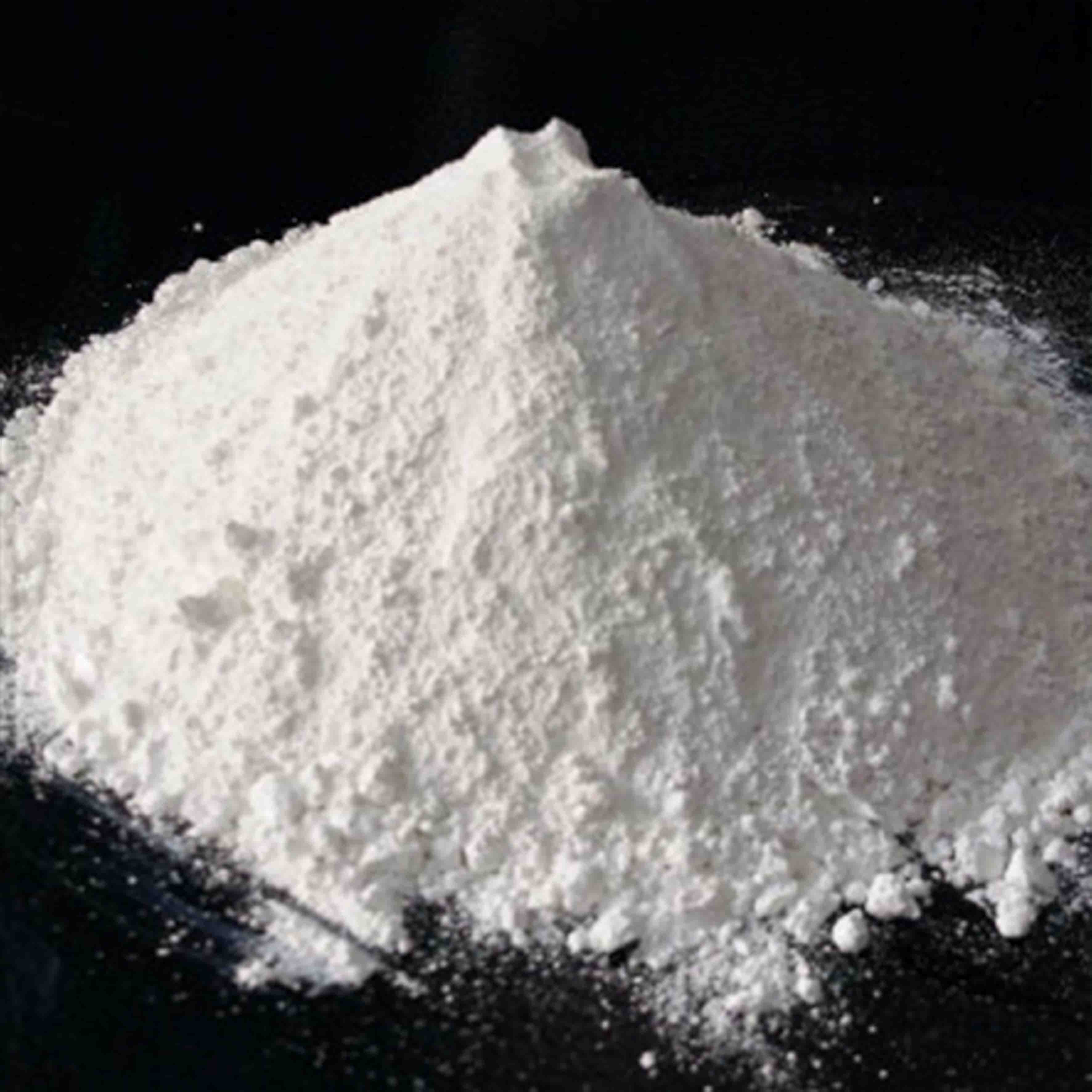
Aug . 14, 2024 03:53 Back to list
Advanced TiO2 Technologies for Water Treatment Facilities and Their Environmental Benefits
The Role of TiO2 in Water Treatment An Innovative Approach
Water scarcity and pollution are pressing global issues that demand efficient solutions to ensure safe drinking water and a healthy ecosystem. Among various methods of water treatment, the use of titanium dioxide (TiO2) has emerged as a promising strategy, particularly in photocatalytic degradation processes. This article explores the significance of TiO2 in water treatment facilities and its potential impact on the industry.
Titanium dioxide is a widely researched semiconductor material, known for its photocatalytic properties. When exposed to ultraviolet (UV) light, TiO2 can activate reactive oxygen species (ROS), which can subsequently break down organic contaminants, pathogens, and even some inorganic substances in water. This process of photocatalytic degradation is particularly effective in removing dyes, pesticides, pharmaceuticals, and other hazardous organic compounds from wastewater.
The Role of TiO2 in Water Treatment An Innovative Approach
Another significant benefit of using TiO2 in water treatment is its cost-effectiveness. While the initial investment in titanium dioxide technology can be substantial, the long-term savings derived from reduced chemical use and maintenance costs can offset these expenses. Moreover, with increasing awareness and regulation of water quality standards worldwide, facilities integrating advanced treatment technologies like TiO2 may find themselves better positioned to meet these requirements efficiently.
tio2 water treatment factory

Several studies have demonstrated the efficacy of TiO2 under various conditions, including different pollutant concentrations and environmental settings. The flexibility of TiO2 allows it to be utilized in both large-scale treatment plants and decentralized systems, making it a versatile option for a range of applications. In some cases, TiO2 can be immobilized on a substrate, such as glass or ceramics, to enhance its durability and effectiveness over time.
The integration of TiO2 into water treatment facilities also aligns with sustainable development goals (SDGs), particularly those aimed at promoting clean water and sanitation. By reducing the concentration of harmful pollutants and pathogens in water sources, TiO2 technology can facilitate better public health outcomes and contribute to more sustainable water management practices.
However, the application of TiO2 in water treatment is not without challenges. The need for UV light activation can limit its effectiveness in natural sunlight conditions, and the disposal of spent catalyst materials can pose environmental concerns if not managed correctly. Ongoing research aims to address these issues, including the development of novel TiO2 composites that can work under visible light and strategies for the safe recycling of materials.
In conclusion, TiO2 represents a significant advancement in water treatment technology, combining effectiveness, cost efficiency, and environmental sustainability. As water pollution continues to threaten human health and ecosystems worldwide, the adoption of innovative solutions like TiO2 photocatalysis is essential. With continued research and investment, water treatment factories can leverage this technology to ensure safe, clean water for future generations while fulfilling regulatory requirements and promoting public health. The future of water treatment lies in embracing such advancements to meet the challenges posed by an ever-increasing demand for water quality and availability.
-
Premium 6618 Titanium Dioxide for GPT-4 Turbo Applications
NewsJul.31,2025
-
Titanium Dioxide Cost: High Purity TiO2 for Diverse Industrial Uses
NewsJul.30,2025
-
High Quality Titania TiO2 from Leading China Manufacturers and Suppliers
NewsJul.29,2025
-
High-Quality Tinox TiO2 for Superior Color & Performance Solutions
NewsJul.29,2025
-
High Quality Titania TiO2 from Leading China Supplier & Manufacturer
NewsJul.29,2025
-
High-Performance r6618 TiO2 for Superior Whitening and Versatility
NewsJul.28,2025
